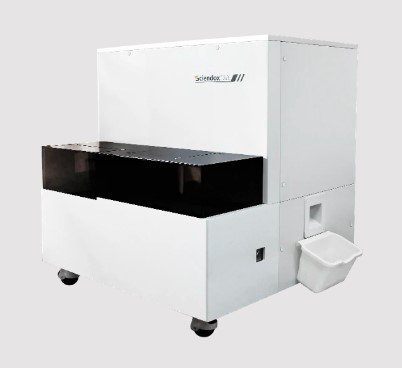Regulations and Standards for Medical Lab Equipment and Phlebotomy Supplies in the United States
Summary
- Medical lab equipment and phlebotomy supplies in the United States are regulated by various agencies to ensure safety and quality.
- The Clinical Laboratory Improvement Amendments (CLIA) set standards for laboratory testing to ensure accurate results and patient safety.
- Phlebotomy supplies must meet strict guidelines to ensure proper specimen collection and handling.
Regulations for Medical Lab Equipment
Medical laboratories play a critical role in diagnosing and monitoring patient health. As such, the equipment used in these labs must meet certain standards to ensure accurate results and patient safety. In the United States, the Food and Drug Administration (FDA) regulates medical devices, including lab equipment, to ensure their safety and effectiveness.
FDA Approval Process
Before a medical device can be marketed in the United States, it must undergo a rigorous approval process by the FDA. This process involves evaluating the device's safety and effectiveness through clinical trials and other studies. Once a device is approved, the manufacturer must continue to meet certain post-market surveillance requirements to ensure ongoing safety and effectiveness.
Clinical Laboratory Improvement Amendments (CLIA)
In addition to FDA Regulations, medical laboratories in the United States must also comply with the Clinical Laboratory Improvement Amendments (CLIA). These Regulations set standards for laboratory testing to ensure accurate and reliable results. Labs must be certified by the Centers for Medicare & Medicaid Services (CMS) to receive Reimbursement for lab services, and they are subject to regular inspections to ensure compliance with CLIA standards.
Standards for Phlebotomy Supplies
Phlebotomy is the process of collecting blood samples for laboratory testing. Proper specimen collection and handling are critical to obtaining accurate Test Results, which is why phlebotomy supplies must meet strict guidelines to ensure quality and safety.
Needle Safety
One of the most important aspects of phlebotomy supplies is needle safety. Needles must be sterile, sharp, and of the appropriate gauge for the intended procedure. In addition, safety devices, such as needle shields and retractable needles, help prevent Needlestick Injuries and exposure to bloodborne pathogens.
Specimen Collection Tubes
Specimen collection tubes are used to store blood samples until they can be analyzed in the laboratory. These tubes must be made of materials that do not interfere with Test Results and have proper labeling to ensure accurate specimen identification. Tubes must also be stored and transported in a way that maintains Sample Integrity.
Anticoagulants and Preservatives
In some cases, blood samples may need to be treated with anticoagulants or preservatives to prevent clotting or degradation of the sample. Phlebotomy supplies must include these additives in the correct concentrations and formulations to ensure the stability of the sample until it can be tested in the lab.
Conclusion
Regulations and standards for medical lab equipment and phlebotomy supplies in the United States are in place to ensure the safety and accuracy of laboratory testing. By following these guidelines, healthcare professionals can trust that the equipment and supplies they use will provide reliable results and protect both patients and lab personnel.

Disclaimer: The content provided on this blog is for informational purposes only, reflecting the personal opinions and insights of the author(s) on the topics. The information provided should not be used for diagnosing or treating a health problem or disease, and those seeking personal medical advice should consult with a licensed physician. Always seek the advice of your doctor or other qualified health provider regarding a medical condition. Never disregard professional medical advice or delay in seeking it because of something you have read on this website. If you think you may have a medical emergency, call 911 or go to the nearest emergency room immediately. No physician-patient relationship is created by this web site or its use. No contributors to this web site make any representations, express or implied, with respect to the information provided herein or to its use. While we strive to share accurate and up-to-date information, we cannot guarantee the completeness, reliability, or accuracy of the content. The blog may also include links to external websites and resources for the convenience of our readers. Please note that linking to other sites does not imply endorsement of their content, practices, or services by us. Readers should use their discretion and judgment while exploring any external links and resources mentioned on this blog.
